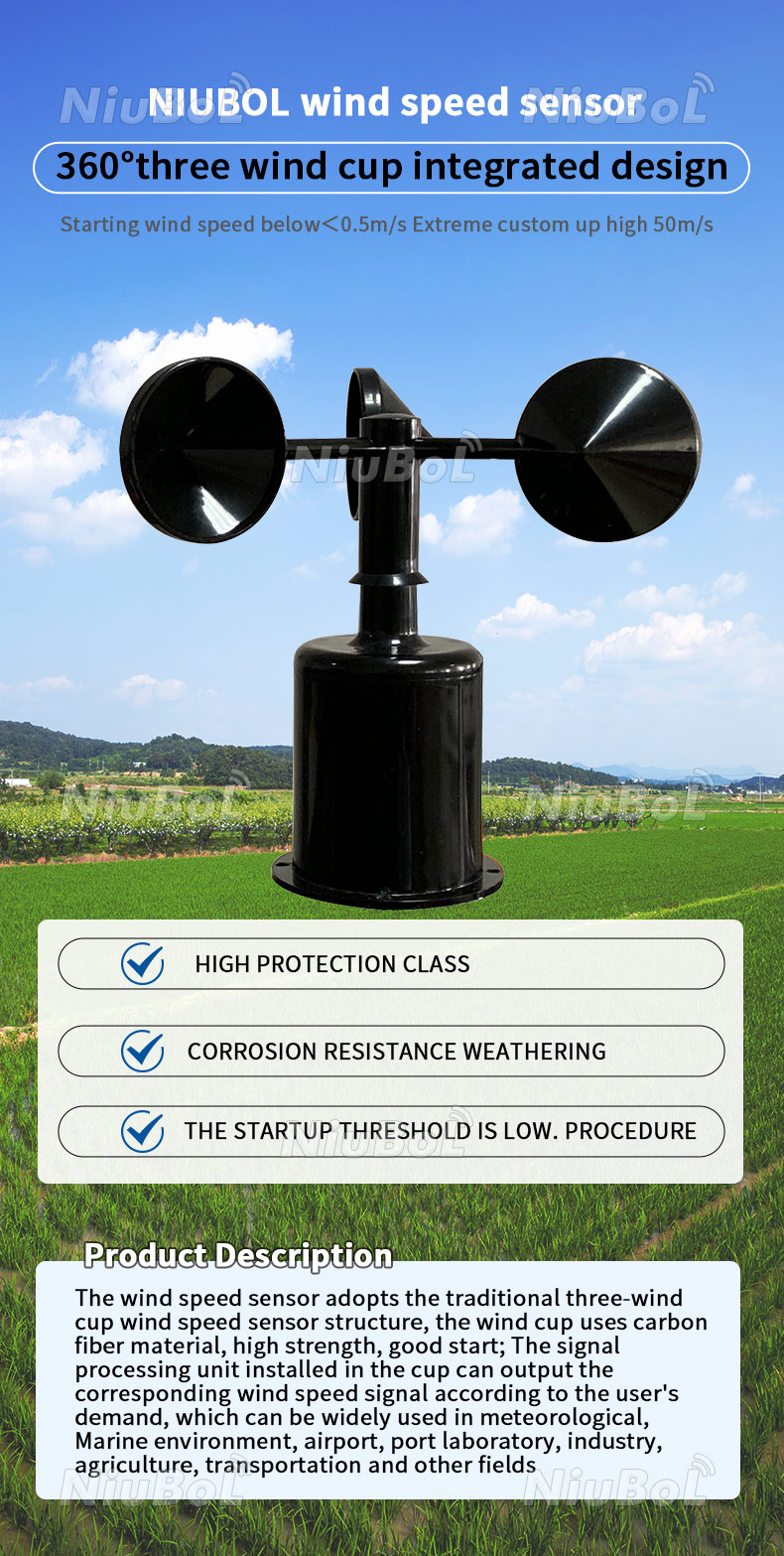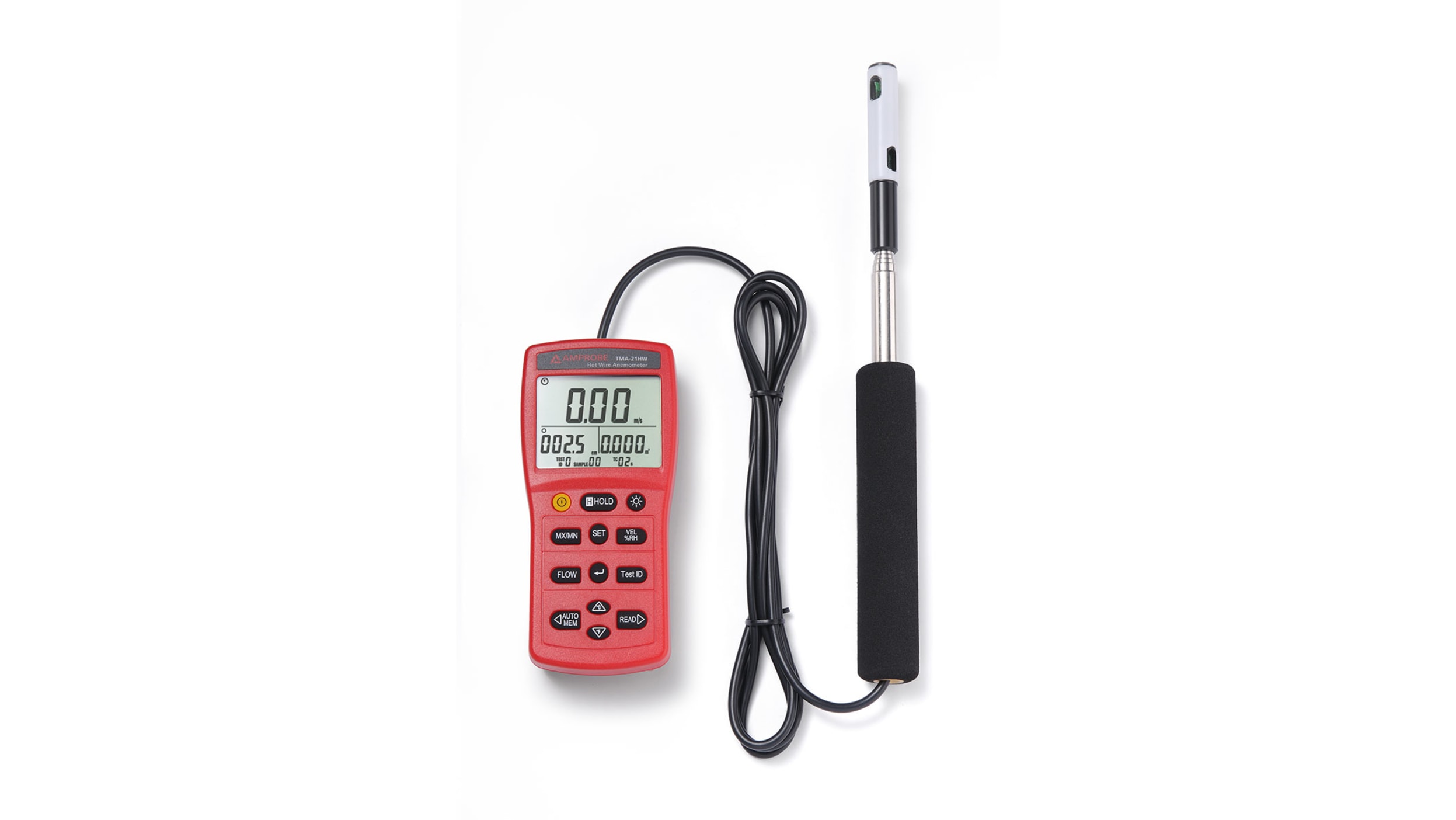How an Anemometer Can Enhance Your Weather Tracking System
How an Anemometer Can Enhance Your Weather Tracking System
Blog Article
All You Need to Know Concerning Anemometers: How They Work, Why They Matter, and Where to Make use of Them
Anemometers, however often neglected in the world of clinical tools, play an essential role in various areas, supplying valuable understandings into wind rate and air flow patterns. As we dig into the ins and outs of anemometer technology, we will certainly uncover the inner workings of these gadgets, their value, and the vital factors to consider when picking the appropriate anemometer for specific applications.

Anemometer Essentials
A necessary tool made use of to measure wind speed and instructions, the anemometer plays a vital function in weather forecasting and different industries. An anemometer typically is composed of three or 4 cups that turn in the wind, a vane that directs into the wind, and sensing units to track the rotations or motions.
There are different kinds of anemometers offered, consisting of mug anemometers, vane anemometers, hot-wire anemometers, and sonic anemometers, each with its unique features and applications. Cup anemometers are frequently made use of for standard wind rate dimensions, while vane anemometers are chosen for directional dimensions. Hot-wire anemometers are suitable for reduced airspeeds, and sonic anemometers are perfect for high-precision dimensions in research and industrial setups. Understanding the basics of anemometers is vital for exact wind data collection and analysis throughout various sectors.
Principles of Anemometer Procedure
Building on the foundational understanding of anemometer fundamentals, the principles of anemometer operation elucidate the mechanics behind wind rate and instructions dimensions. Anemometers operate the concept of air movement influencing a sensor, creating it to revolve. Mug anemometers, for example, have three or more cups that capture the wind, creating them to rotate faster as the wind rate boosts. The rotation rate is then exchanged a wind rate dimension. Vane anemometers, on the other hand, use a tail or a probe that aligns itself with the wind instructions, supplying a measurement of wind instructions based upon the orientation of the sensing unit. Hot-wire anemometers count on a warmed wire that cools as wind passes over it, with the rate of cooling down determining the wind rate. Ultrasonic anemometers measure wind speed and instructions by examining the moment it considers ultrasonic signals to travel in between transducers. Understanding these concepts is crucial for dependable and precise wind measurements in various applications.
Value of Anemometers
Anemometers play a vital role in gauging wind speed and instructions, offering crucial data for climate forecasting, environment researches, environmental surveillance, and air travel operations. Meteorologists depend on anemometers to collect precise wind information, helping them understand weather condition patterns, forecast storms, and problem timely warnings to the public. Wind ranch operators use anemometers to assess wind problems and make best use of electrical energy manufacturing from wind turbines.
Applications Throughout Various Industries
Applications of anemometers cover throughout varied markets, showcasing their convenience and utility beyond meteorology. In the renewable resource field, anemometers play a crucial role in evaluating wind problems for wind farm placements, making sure optimum energy production. Industries like construction and mining make use of anemometers to check basics wind speeds, vital for safety protocols, especially when operating at elevations or in open-pit mines where strong winds can posture risks. Anemometers the original source are likewise indispensable in the air travel industry, helping pilots in understanding airspeed and wind direction for risk-free take-offs and landings. The maritime field advantages from anemometers for ship navigation, assisting sailors expect weather condition changes and change courses accordingly. In farming, anemometers help farmers in handling crop splashing by providing real-time information on wind speed to stay clear of drift. Anemometers find applications in A/c systems to maximize air movement and enhance energy efficiency in structures. The diverse usage cases of anemometers emphasize their importance throughout various industries, highlighting their essential function in boosting functional safety and security and performance (anemometer).

Selecting the Right Anemometer for Your Demands
For basic functions, a mug anemometer is ideal for measuring wind rate, while a vane anemometer offers wind instructions information. Hot-wire anemometers are perfect for low airspeed measurements, and ultrasonic anemometers provide high accuracy and durability.

Conclusion
To conclude, anemometers play a vital function in measuring wind rate and instructions across numerous sectors. Understanding the concepts of anemometer procedure is necessary for selecting the right gadget for specific needs. From meteorology to aviation, anemometers are important tools for making certain and gathering accurate information safety in various applications. It is essential to consider the importance of anemometers in order to make enlightened choices when picking the most appropriate read this article tool for gauging wind conditions.
There are numerous types of anemometers readily available, including mug anemometers, vane anemometers, hot-wire anemometers, and sonic anemometers, each with its distinct functions and applications. Mug anemometers are frequently made use of for basic wind rate dimensions, while vane anemometers are liked for directional measurements. Hot-wire anemometers are ideal for reduced airspeeds, and sonic anemometers are perfect for high-precision dimensions in study and commercial settings.Structure on the fundamental understanding of anemometer fundamentals, the concepts of anemometer operation illuminate the auto mechanics behind wind rate and direction dimensions. For general purposes, a cup anemometer is appropriate for gauging wind speed, while a vane anemometer provides wind direction information.
Report this page